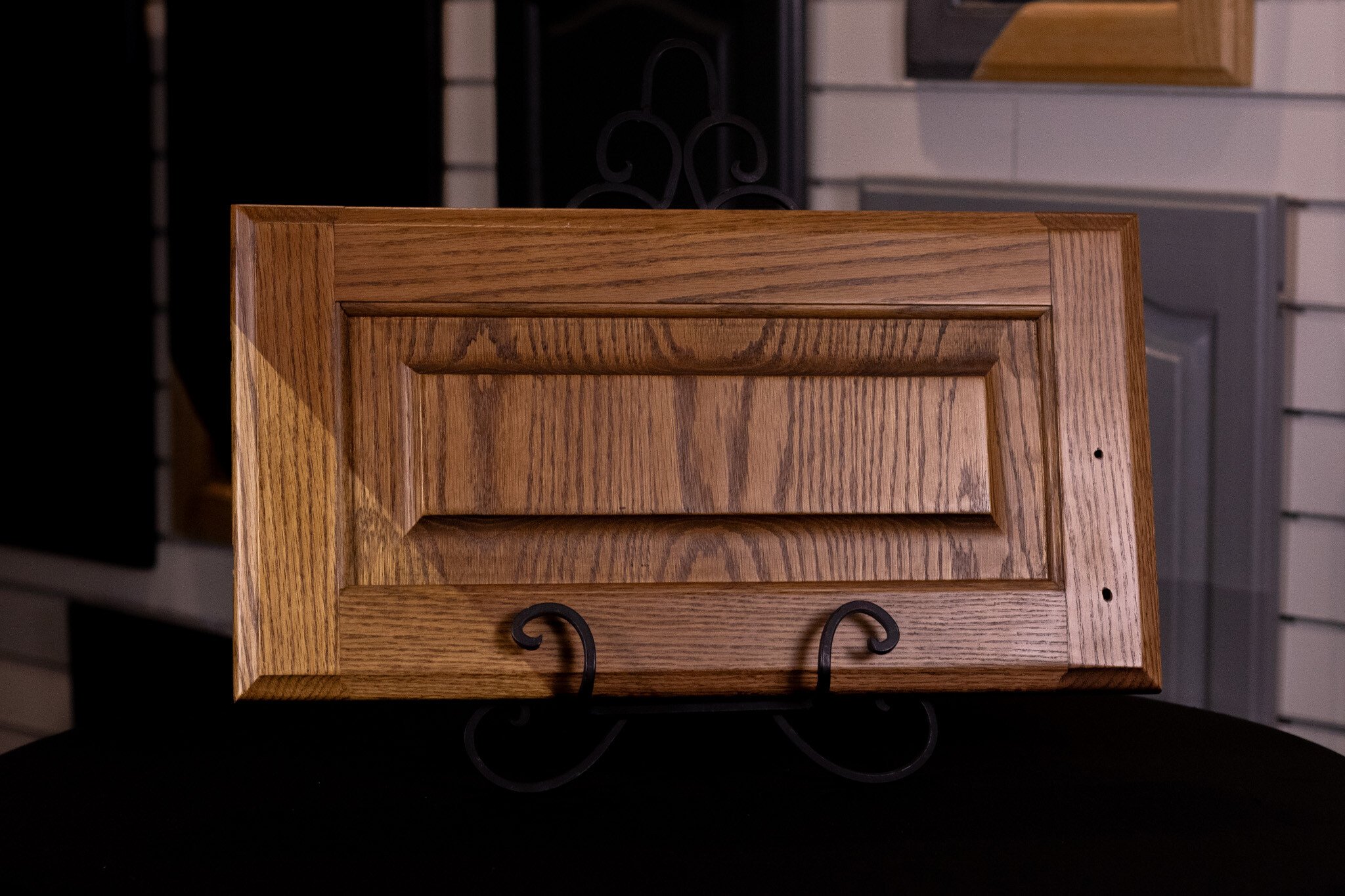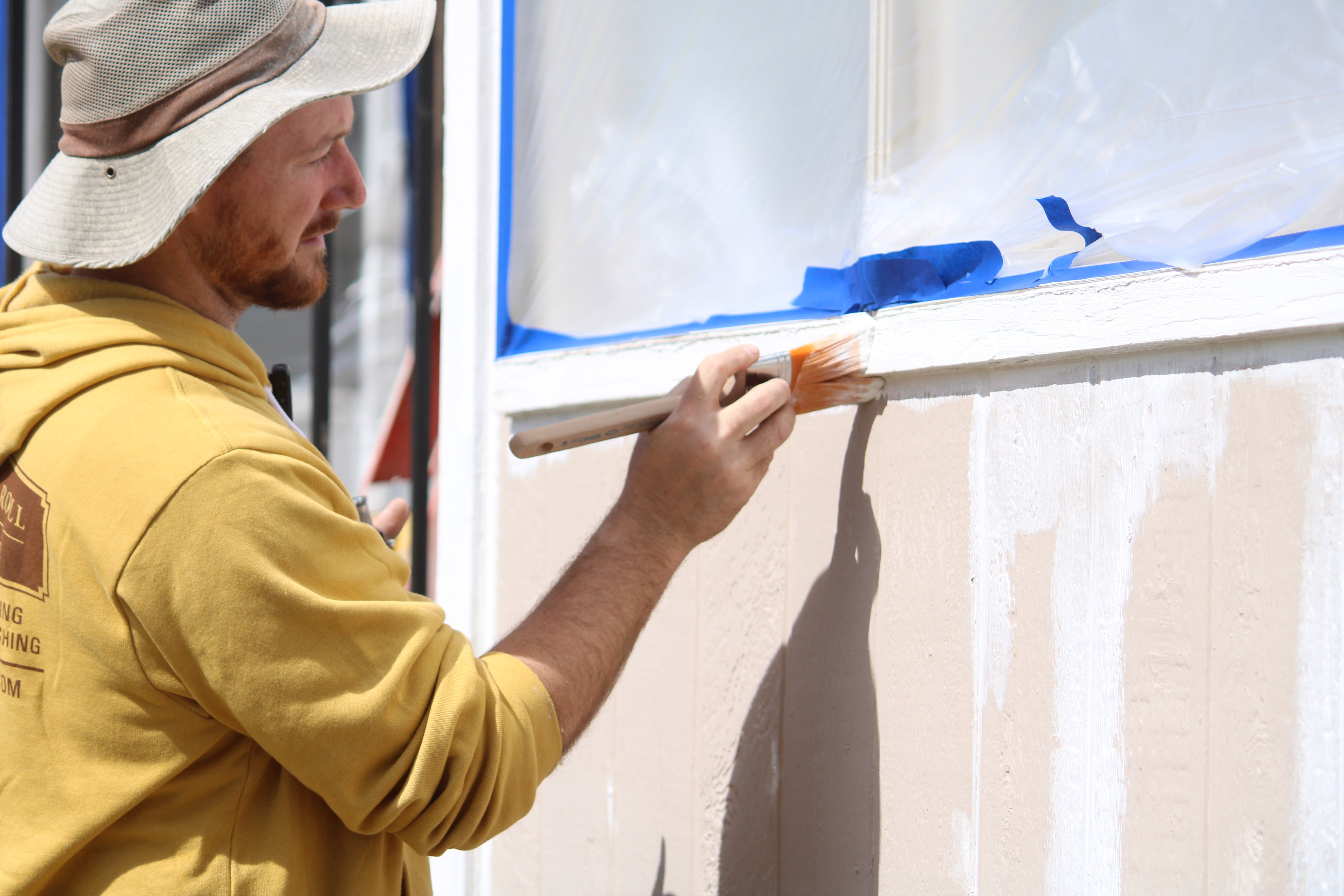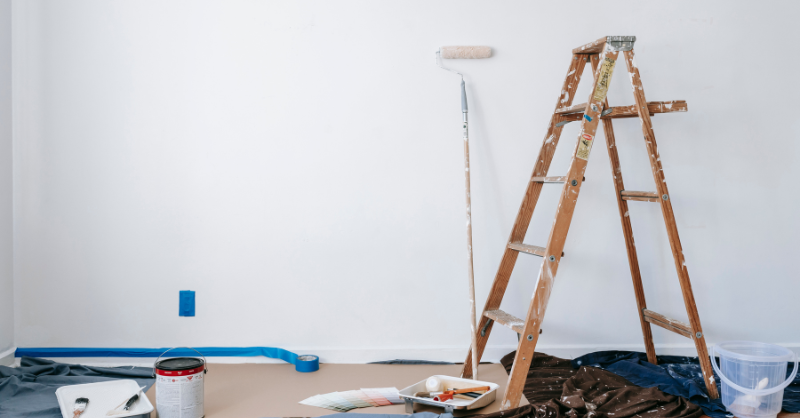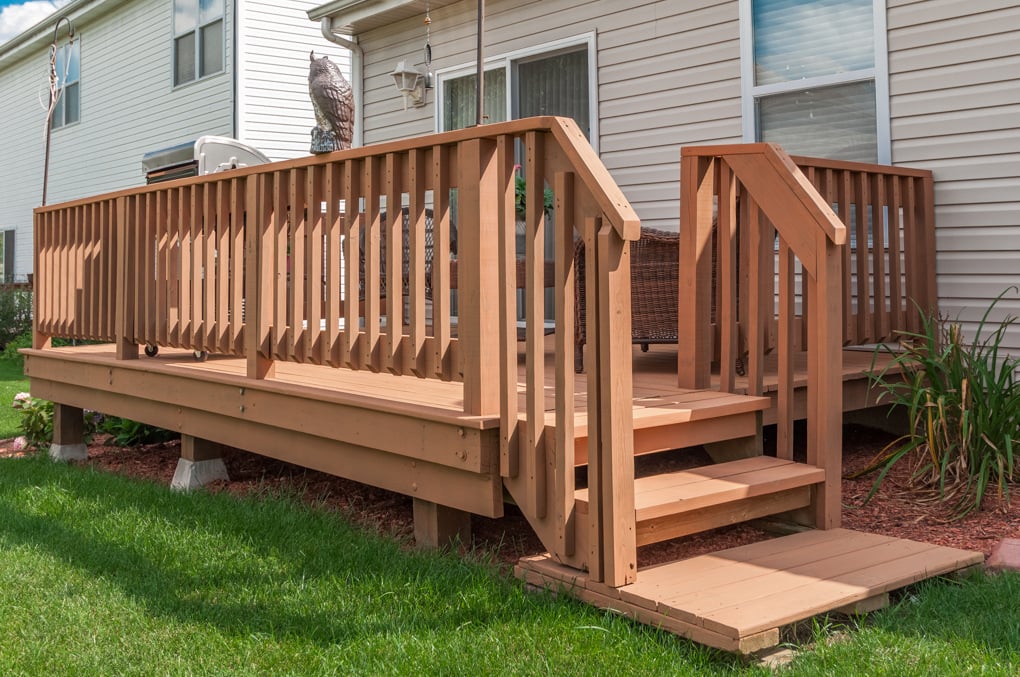Can You Stain a Newly Built Wood Deck?
October 20th, 2025
4 min read
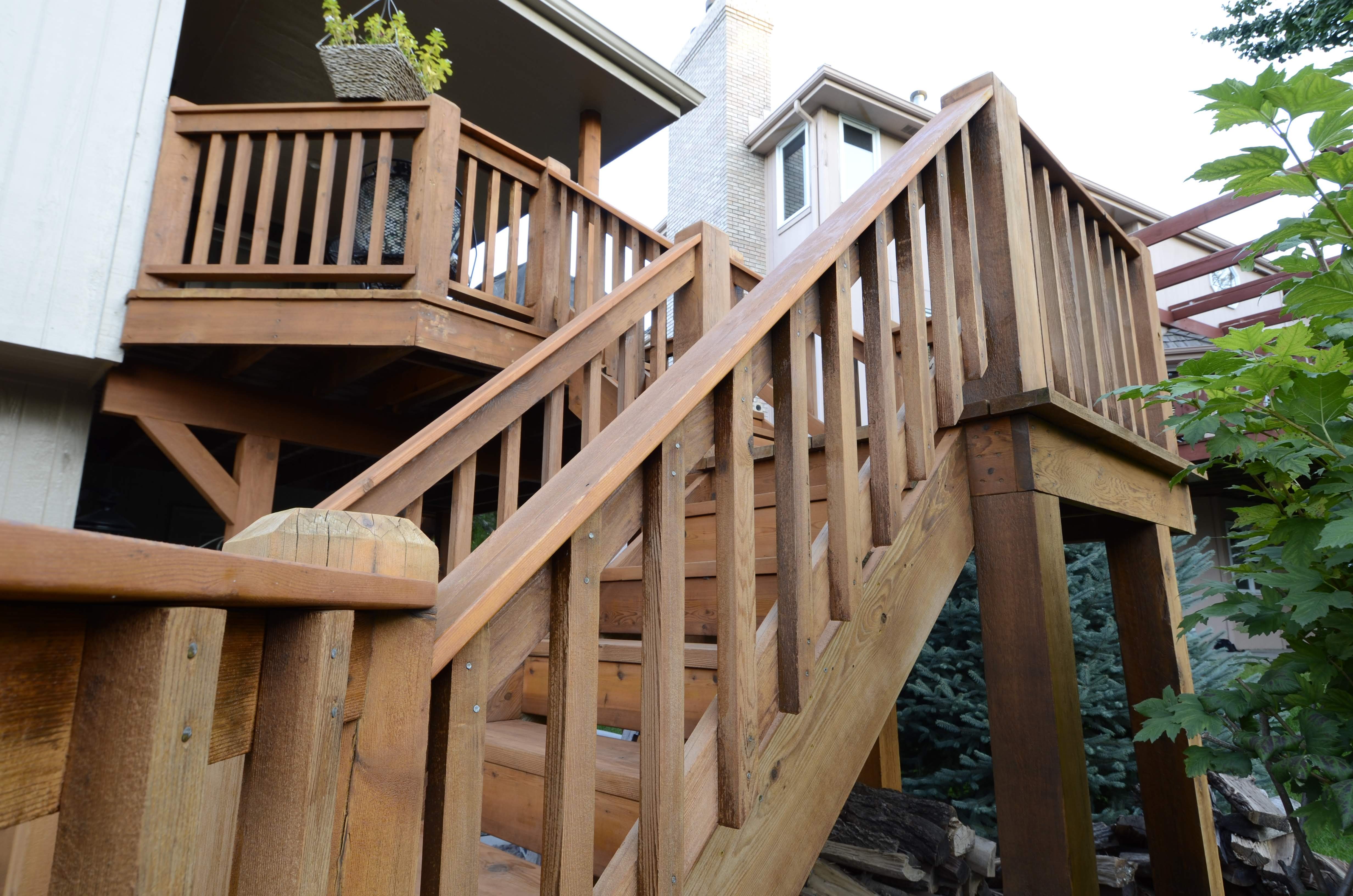
You’ve just had a brand-new deck built. The fresh wood looks great, and you’re probably already picturing it with a rich, beautiful stain that protects it from Omaha’s sun, rain, and snow. But then you stop and wonder… is it too soon? If you stain it right away, will it last? Or do you need to wait months before hiring someone to apply stain? This is a frustrating spot to be in because you don’t want to make the wrong call and end up with peeling, uneven color, or a deck that doesn’t last.
At Brush & Roll Painting, we’ve worked with homeowners in Omaha since 1996 on everything from decks to cabinets and exteriors. We’ve seen how Nebraska’s climate affects new decks, and we know the difference between wood that’s ready for stain and wood that still needs time. We use professional products and proper prep work so that the stain bonds and protects the deck for years.
This article will clear up the confusion. You’ll walk away knowing when a new deck is ready to be stained, what happens if you rush the process, how weather in Omaha plays a role, and what to expect whether you wait a few months or even a full year. By the end, you’ll feel confident about the right timeline for staining your new deck and hiring a professional to get it done right.
Why You Can’t Stain a New Deck Immediately
Freshly built decks almost always use pressure-treated lumber, cedar, or another type of softwood. Pressure-treated wood is filled with preservatives and moisture that need time to dry out. Cedar, though less processed, also contains natural oils and resins that can prevent stains from soaking in properly when the wood is brand new.
If the stain is applied before the wood is ready:
- The stain may sit on the surface instead of absorbing, leading to peeling or flaking.
- The finish can look blotchy and uneven.
- The protection won’t last, leaving your wood exposed to Omaha’s tough weather.
Think of it like painting over a wall that’s still wet from cleaning. It just won’t stick the way it should.

How Long Should You Wait Before Staining a New Deck?
This is the number one question Omaha homeowners ask. The answer depends on the type of wood, how it was installed, and the weather.
General Guidelines
- Pressure-treated wood: Typically 3 to 12 months. This wood starts out saturated with treatment chemicals and moisture. It needs time to dry.
- Cedar or redwood: Often 1 to 3 months. These woods dry faster but still need a short waiting period.
The “Water Test”
A simple way to check if your deck is ready is to sprinkle a little water on the surface:
- If the water beads up, the wood is still too wet.
- If it soaks in quickly, the deck is ready for stain.
This test is quick and something any homeowner can try before calling a painter.
Omaha Weather and Why Timing Matters for Deck Staining
Nebraska’s climate is not gentle on wood. Between freezing winters, hot summers, and heavy rainstorms, your deck sees it all. These conditions affect how quickly wood dries.
- Spring builds: If your deck is built in April or May, the moisture levels from rain may delay staining until mid-summer or fall.
- Summer builds: A deck built in July might dry out faster thanks to the heat, but you still need to allow at least a couple of months.
- Fall builds: If your deck is built in September, you may need to wait until spring to stain because cooler temps slow the drying process.
- Winter builds: While rare, decks built in winter are usually stained the following spring or summer.
This is why some homeowners end up waiting nearly a full year before their first stain application. It isn’t wasted time—it’s about giving the wood the best chance to absorb the product and protect the investment.

What Happens If You Wait Too Long?
You don’t want to stain too early, but you also don’t want to wait forever. If you leave a new deck bare for too long, especially in Omaha, the wood can:
- Turn gray from sun exposure.
- Develop cracks as it expands and contracts.
- Absorb water that leads to mildew or rot.
If it’s been over a year, the deck may need extra prep, such as sanding or repairs, before the stain can be applied. This adds time and sometimes cost to the project.
What’s the Best Season to Stain a Deck in Omaha?
Professional painters aim for mild weather. The best times are usually late spring through early fall when temperatures are between 50 and 85 degrees and humidity is not extreme.
- Spring: Popular because homeowners are preparing for outdoor living. But heavy rains can delay projects.
- Summer: Works well as long as it’s not too hot or humid.
- Fall: Often a great time because temps are steady and there’s less direct sun.
In Omaha, many homeowners choose late spring or early fall for the sweet spot of weather conditions.
Can You Speed Up the Process?
Some homeowners wonder if there’s a way to stain sooner. A few professional techniques can help:
- Moisture meters: Painters use tools that measure the exact moisture level of the wood. If the reading shows it’s dry enough, staining can begin earlier than the “rule of thumb” timeline.
- Deck prep: Power washing and sanding before staining can help the stain absorb more evenly, especially if the deck has weathered a few months.
- Choosing the right product: Some stains are designed for newer wood and may bond better.
Even with these methods, a good painter will never rush the process. The goal is a long-lasting finish, not a quick fix.
How Homeowners Can Plan Ahead for Deck Staining New Decks
If you’re building a new deck in Omaha, plan for the staining timeline from the start.
- Budget for two steps: build first, then the stain months later.
- Protect your deck in the meantime: Keep it swept clean, move planters and rugs around so moisture doesn’t get trapped, and avoid dragging furniture.
- Schedule with a painter early: Because the staining season is short, many painters’ schedules fill quickly. Book in advance so you don’t miss the best window.
By preparing ahead, you’ll avoid the stress of trying to squeeze in a project at the last minute.

Hiring a Professional vs DIY for Deck Staining
Some homeowners try staining on their own. While it can be done, staining new wood correctly is trickier than it looks. Professionals bring:
- Knowledge of how Omaha’s weather affects wood.
- Tools like moisture meters, sprayers, and sanders.
- Experience in choosing the right stain for longevity.
If you’re hiring, look for painters who explain their process, talk about prep work, and don’t promise to stain immediately after your deck is built.
Deck Staining in Omaha, NE
If you’ve just finished reading, you now know the answer: no, you usually cannot stain a new deck right away. New wood needs time—anywhere from a couple of months to nearly a year, depending on the material and Omaha’s weather. Staining too early leads to peeling and wasted money, while waiting too long can leave your deck gray and unprotected. The sweet spot is when the wood passes the water test and your painter confirms it’s dry enough.
At Brush & Roll Painting, we’ve guided Omaha homeowners since 1996 through this exact decision. We understand how tempting it is to rush, but patience leads to a deck that stays beautiful and protected for years.
If you’re ready, click the button below to get a quote for your deck staining project. Not sure yet? Try our deck staining pricing calculator to get a clear idea of the cost before scheduling.
Kaylea is the Brush & Roll Painting Content Manager. Kaylea is a Journalism and Media Communications summa cum laude graduate with a minor in Marketing from the University of Nebraska at Omaha. Kaylea manages the marketing for Brush & Roll Painting.







-Jul-23-2025-02-21-33-5468-PM.png?width=800&height=418&name=Blog%20Post%20Image%20Size%20(2)-Jul-23-2025-02-21-33-5468-PM.png)

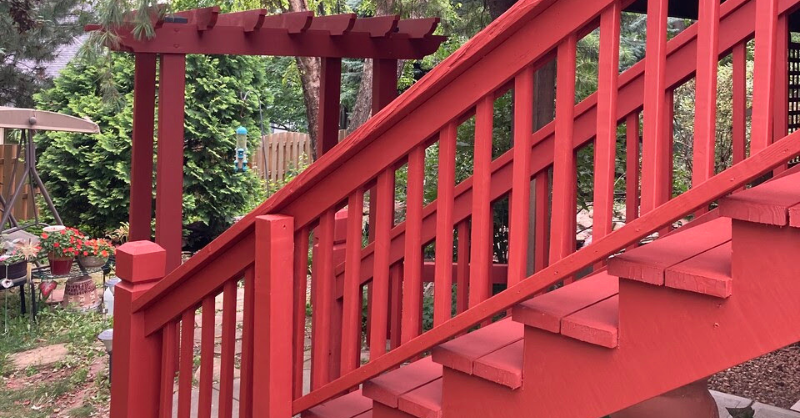
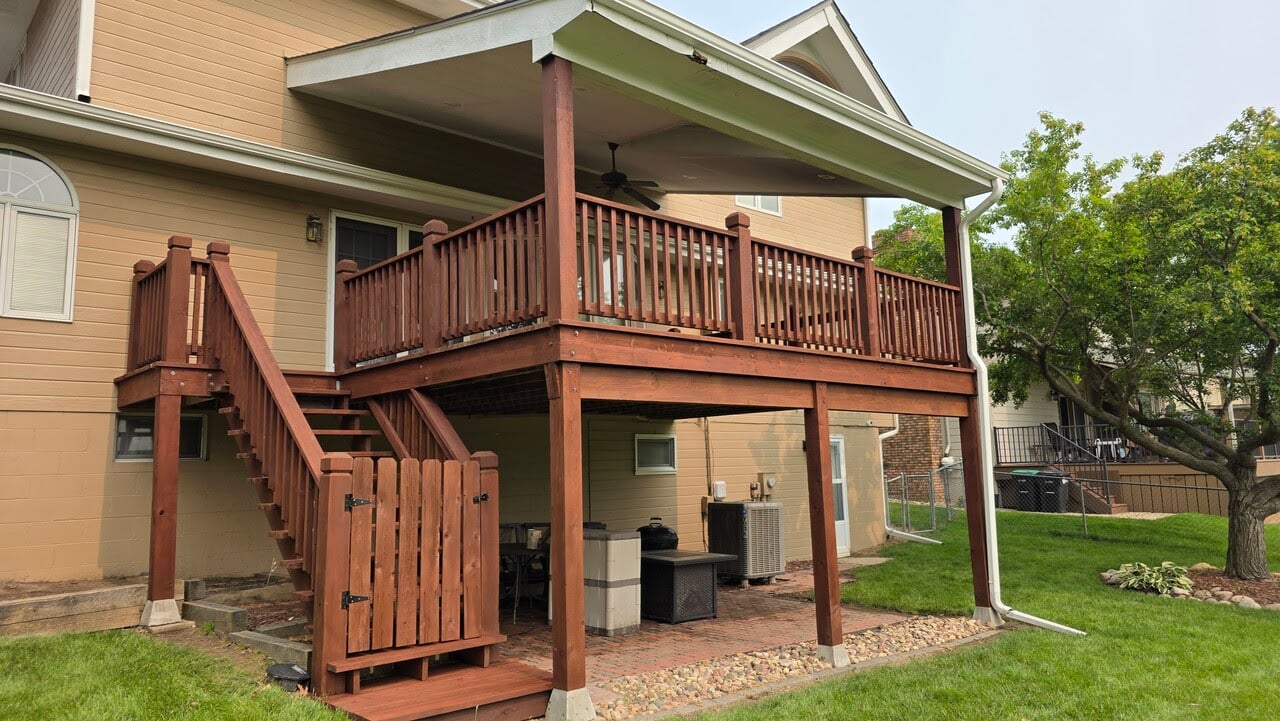
-Nov-06-2024-10-28-07-6666-PM.png?width=800&height=418&name=Blog%20Post%20Image%20Size%20(3)-Nov-06-2024-10-28-07-6666-PM.png)
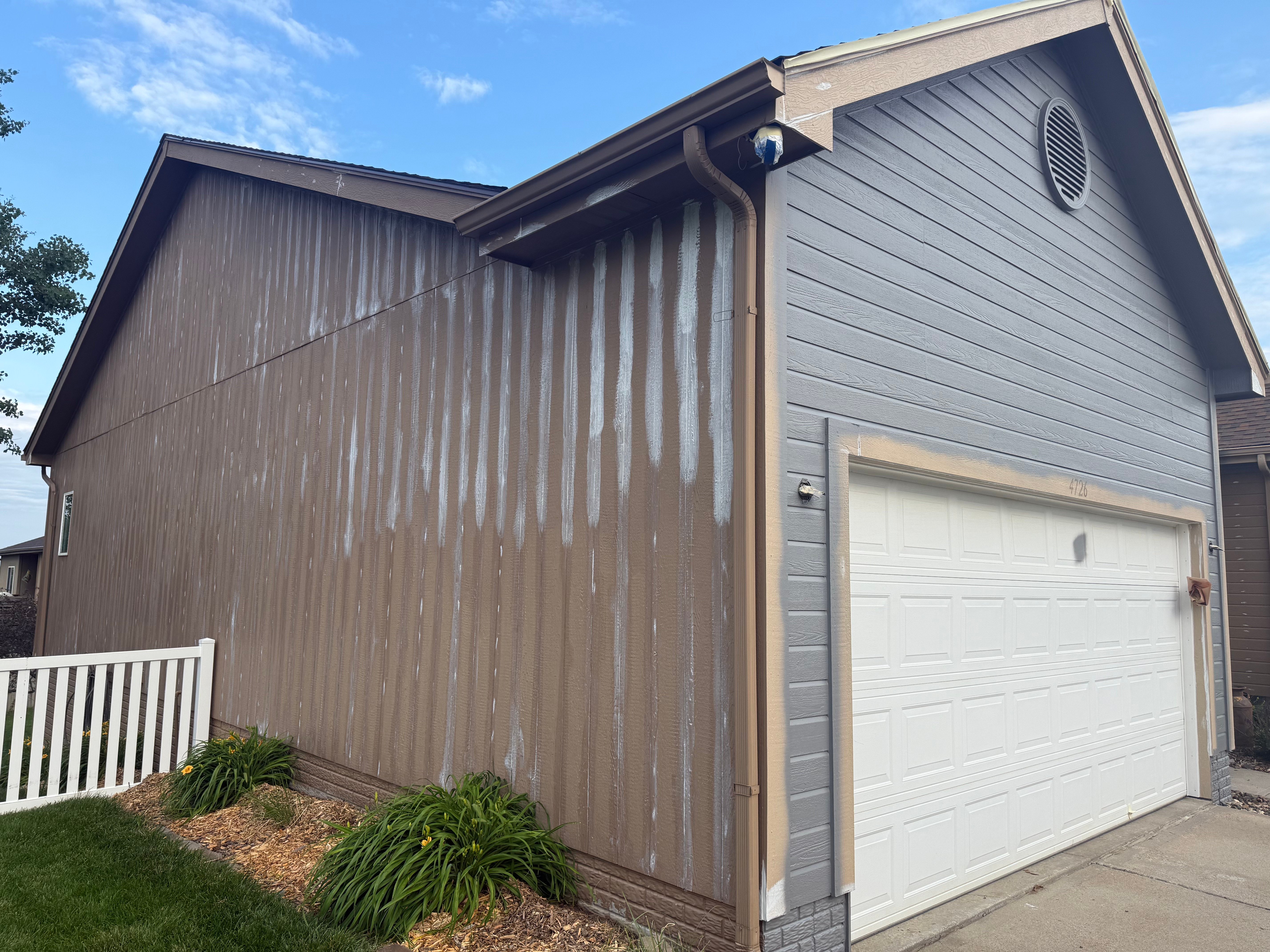
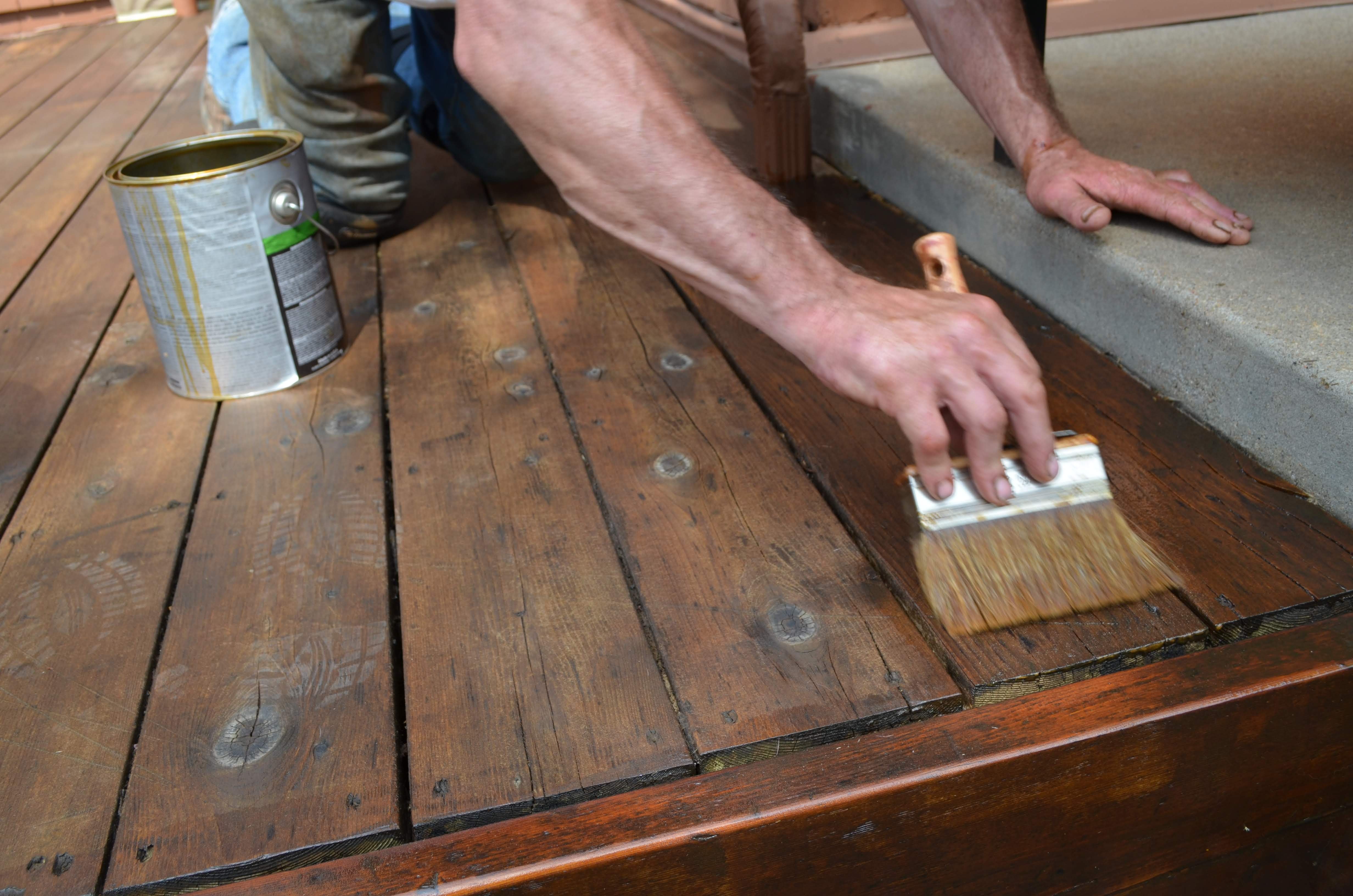
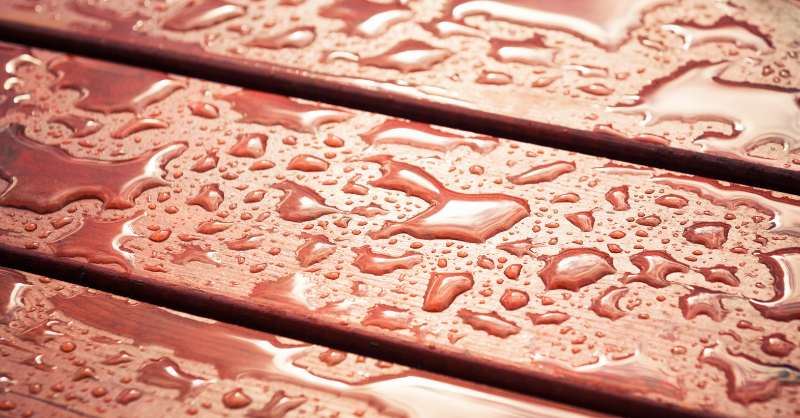
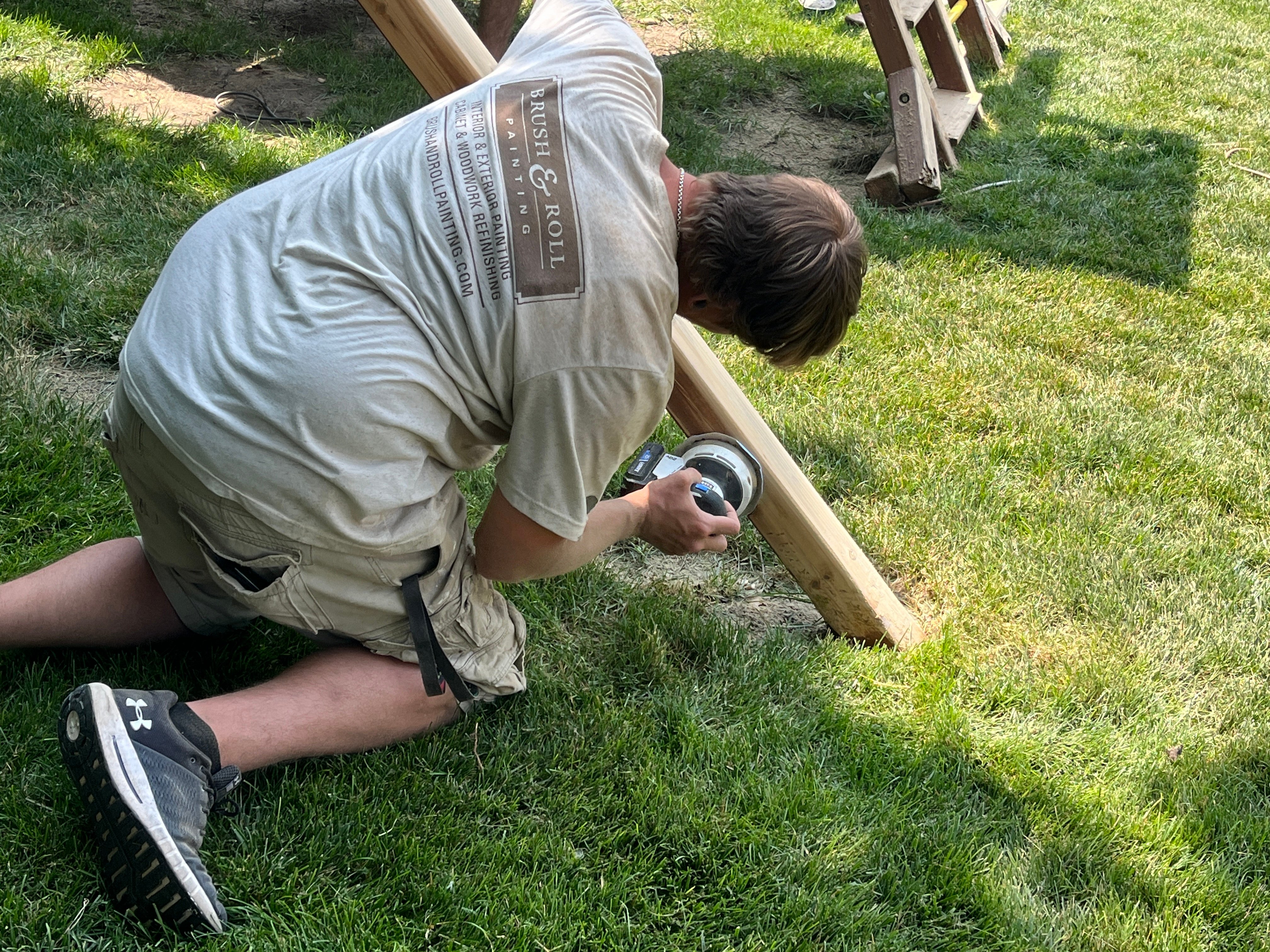
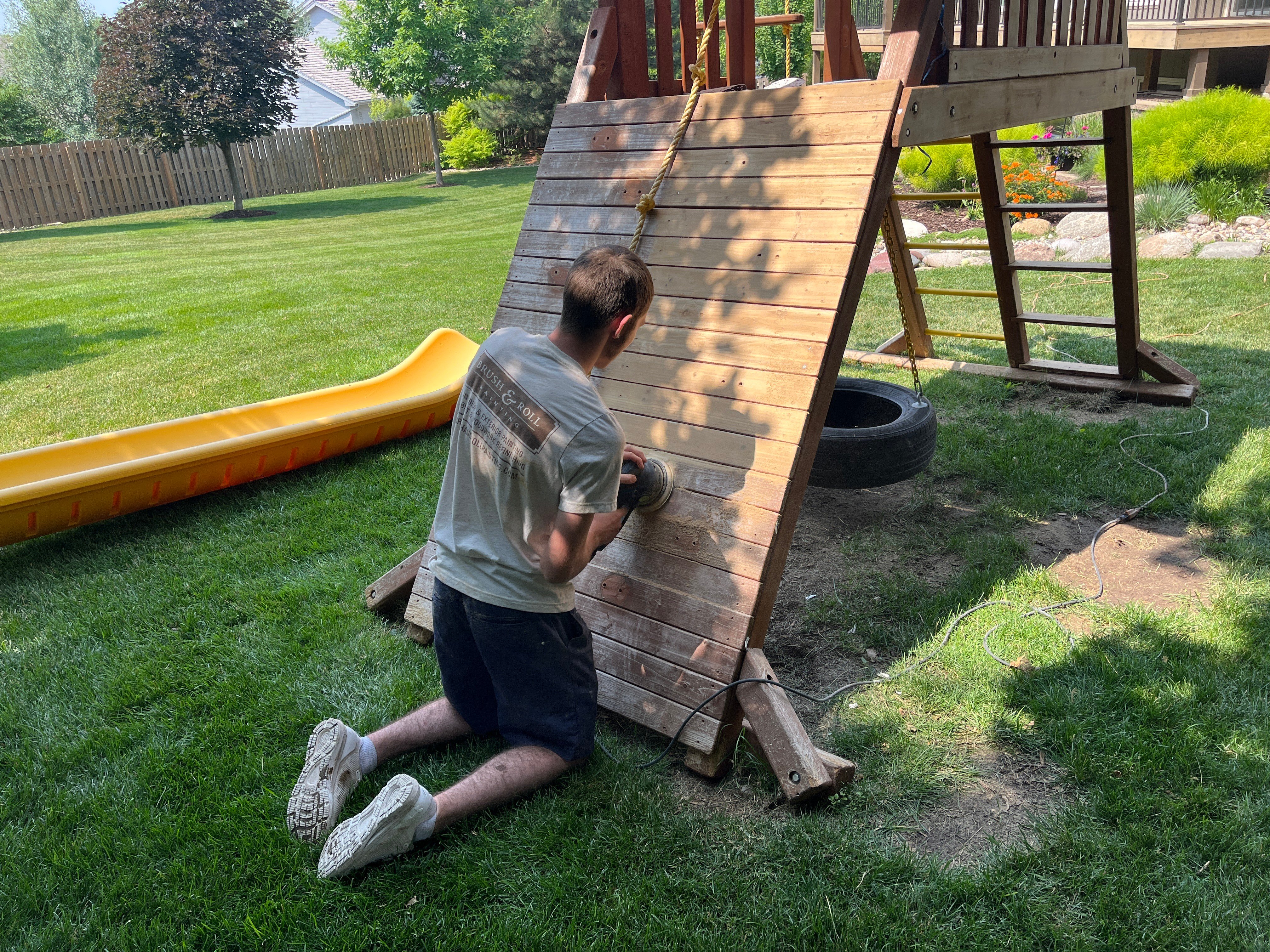
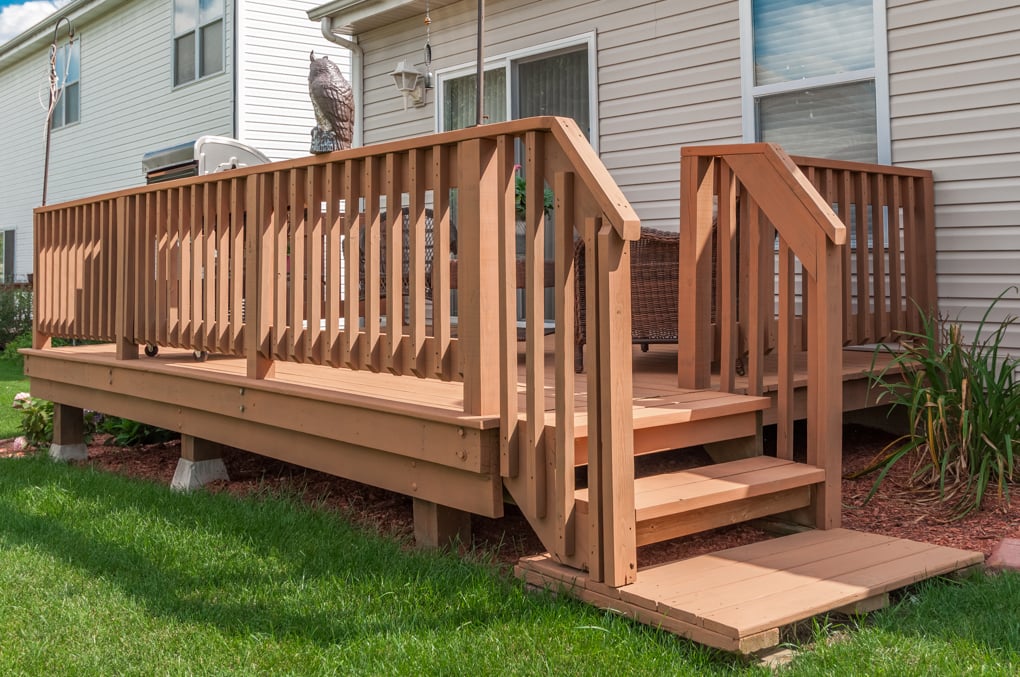
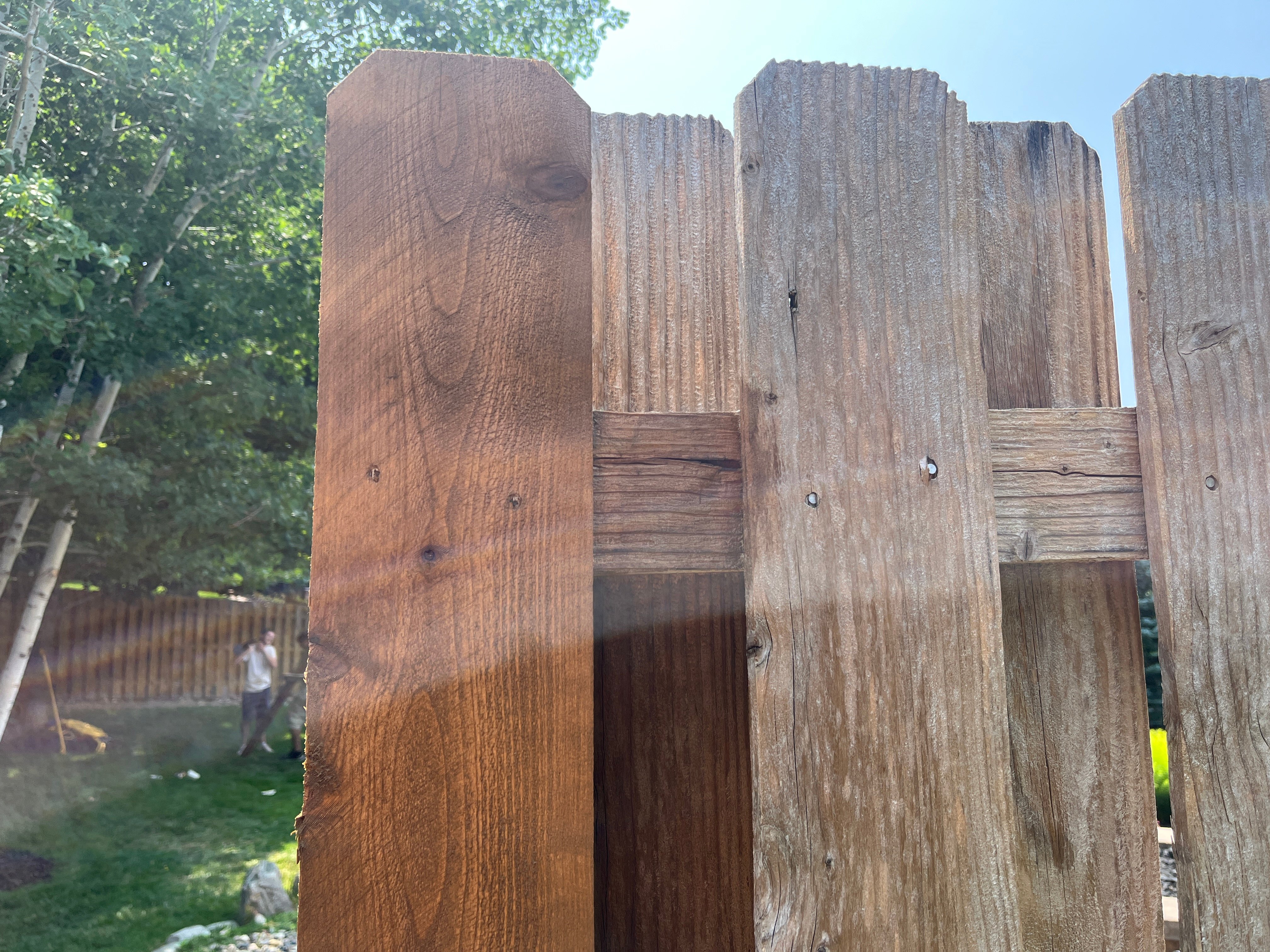
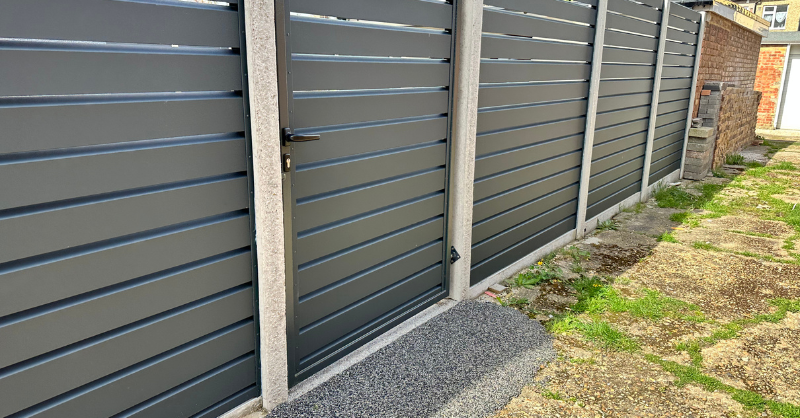
-May-09-2025-01-18-49-5418-PM.png?width=800&height=418&name=Blog%20Post%20Image%20Size%20(1)-May-09-2025-01-18-49-5418-PM.png)
-Apr-25-2025-01-50-55-6617-PM.png?width=800&height=418&name=Blog%20Post%20Image%20Size%20(1)-Apr-25-2025-01-50-55-6617-PM.png)
